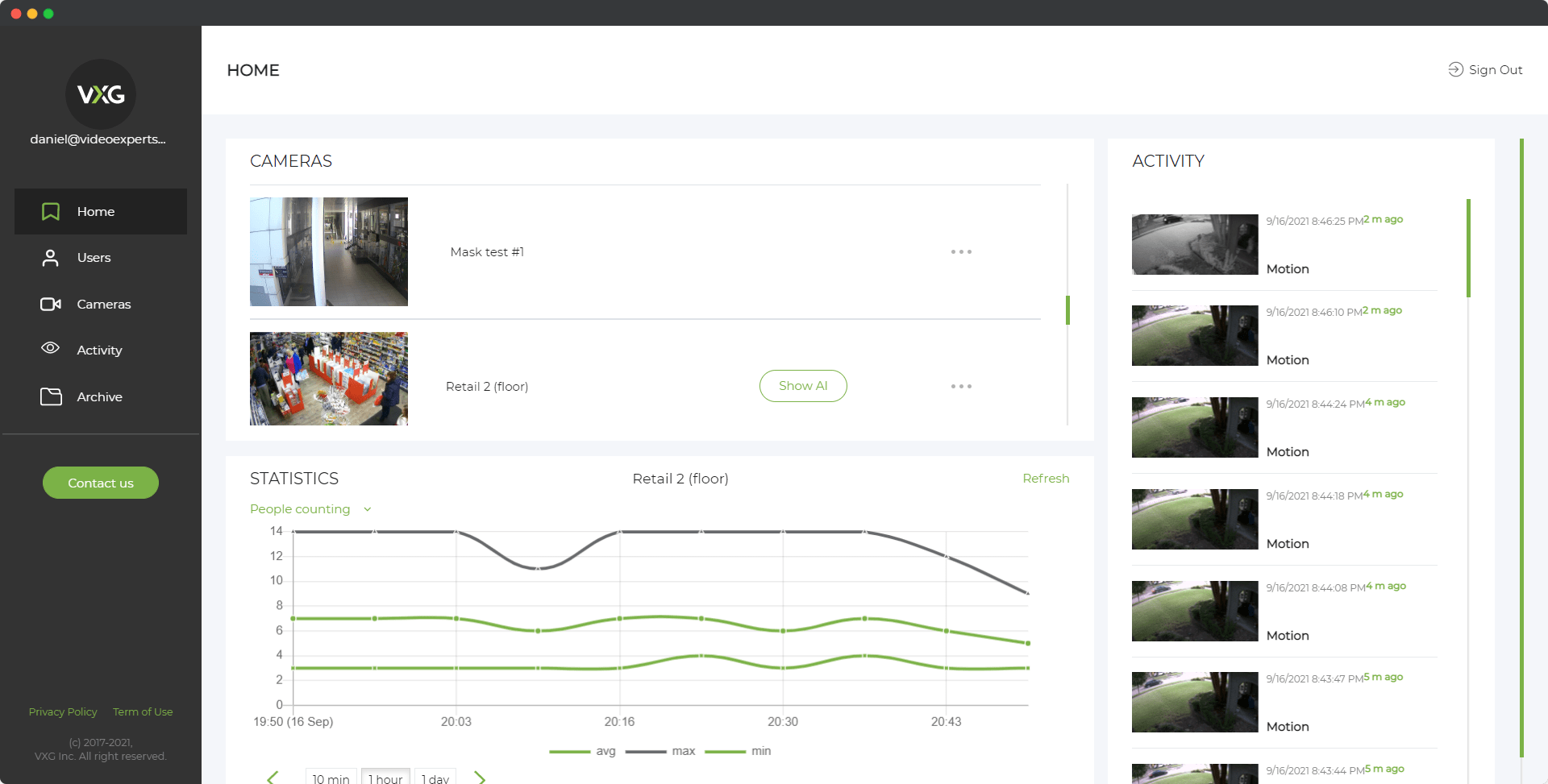H.265, also known as High Efficiency Video Coding (HEVC), is a video compression standard designed to provide higher efficiency than its predecessor, H.264. Developed by the Joint Collaborative Team on Video Coding (JCT-VC), H.265 aims to deliver better video quality at lower bit rates, making it an essential technology for various applications, including streaming, broadcasting, and video storage.
Definition
At its core, H.265 is a codec, which stands for compression-decompression. Codecs are software or hardware components that compress and decompress video files, allowing for efficient storage, transmission, and playback. In the case of HEVC, the emphasis is on achieving improved compression efficiency compared to previous standards.
Key Features
- High Compression Efficiency: H.265 is designed to significantly reduce the file size of video content without compromising its quality. This is achieved through advanced compression techniques that efficiently encode and decode video data.
- Resolution Support: HEVC supports a wide range of resolutions, from standard definition (SD) to ultra-high definition (UHD) and beyond. This makes it suitable for various devices and applications, from mobile phones to large-screen televisions.
- Versatility: H.265 is a versatile codec that can handle different types of video content, including movies, TV shows, and live broadcasts. Its flexibility makes it a preferred choice for a variety of multimedia applications.
H.265 Applications
- Video Streaming: One of the primary applications of HEVC is in video streaming services. Platforms like YouTube, Netflix, and others leverage this codec to deliver high-quality video content while minimizing bandwidth requirements. Users can enjoy smoother streaming experiences with faster loading times and reduced buffering.
- Broadcasting: Television broadcasters also benefit from H.265's efficiency, enabling them to transmit high-definition content over the airwaves more efficiently. This is crucial for delivering a better viewing experience to audiences using traditional broadcast methods.
- Video Storage: H.265 is employed for storing video content on various devices, including cameras, smartphones, and surveillance systems. Its ability to compress video files allows for more efficient use of storage space without compromising on video quality.
Streaming Protocols and Video Containers Compatible with H.265
- Streaming Protocols: H.265 is compatible with popular streaming protocols such as HTTP Live Streaming (HLS) and Dynamic Adaptive Streaming over HTTP (DASH). These protocols ensure that video content is delivered seamlessly to users over the internet.
- Video Containers: HEVC is commonly used within video containers like MP4 (H.265/HEVC), MKV (H.265/HEVC), and others. These containers help organize and synchronize audio and video components, ensuring compatibility across various devices and platforms.
H.265 (HEVC) is a video compression standard that has become integral to the modern digital landscape. Its high compression efficiency, support for various resolutions, and versatility make it a preferred choice for video streaming, broadcasting, and storage applications. As technology continues to advance, H.265 plays a crucial role in enhancing the way we capture, transmit, and enjoy high-quality video content.
















